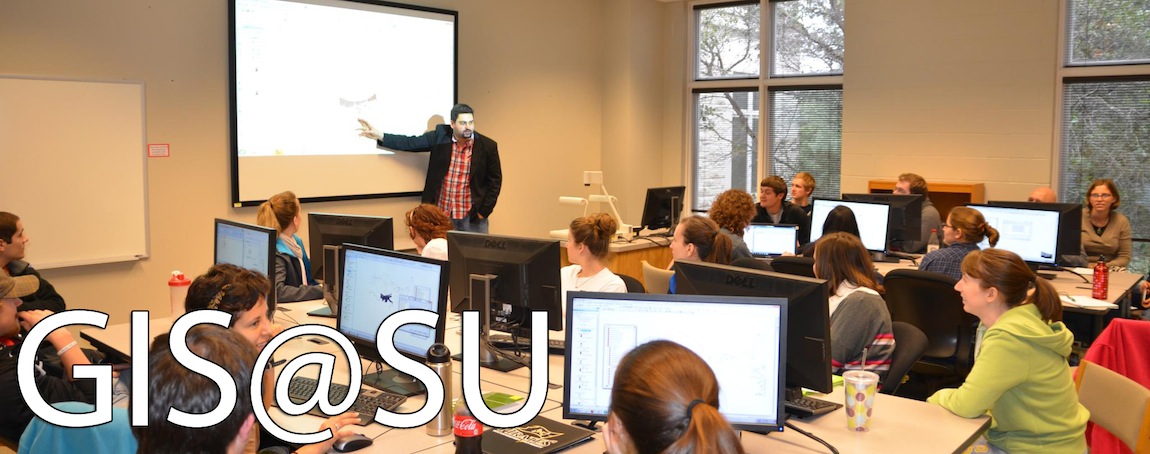The importance of being able to work with and utilize geographic information is become increasing important in today's society. Some high schools are starting to offer GIS courses and Norwegian legislation has recently mandated two hours a week for upper secondary students (those from 16 to 19). Norwegian geographers have compiled a comparison of available programs and suggestions on how best to incorporate GIS into the classroom.
 |
| Map allowing students to explore volcanoes and fault lines |
The authors emphasized the importance of learning
with GIS technology not
about the technology. By learning with GIS students will look beyond technical aspects of program components in order to apply their new knowledge of spatial data and GIS to real situations in their community. The integration of GIS to current curriculum not only enhances students understanding of geography but also allows subjects such as statistics and natural sciences to be further explored and understood. The ability for statistics to be visualized in maps as well as understood in tables and charts is a vital skill for students to master, which GIS programs can help to achieve. Since students focus on the basics of GIS rather than technical aspects, simpler web applications and data viewers allow students to benefit from the interaction and manipulation of data without having high costs of more complicated commercial software.
While the authors found that similar aims to implement GIS into classrooms in other nations met with resistance, in Norway teachers were found to be open and willing, as well as already having experience with using various GIS programs. The availability of inexpensive and often free web applications and data viewers leaves no cost prohibition to schools and extensive textbooks, lesson plans and other resources for teachers help transition the use into the classroom. Norway has the available resources to blaze the trail of a fully integrated GIS curriculum in secondary schools and produce students proficient in understanding the importance of spatial data and geography.
Work Cited:
Rød, Jan Ketil, Wenche Larsen, and Einar Nilsen. "Learning geography
with GIS: Integrating GIS into upper secondary school geography
curricula."
Norwegian Journal Of Geography 64, no. 1 (March 2010): 21-35.
Academic Search Complete, EBSCO
host (accessed March 20, 2013).

